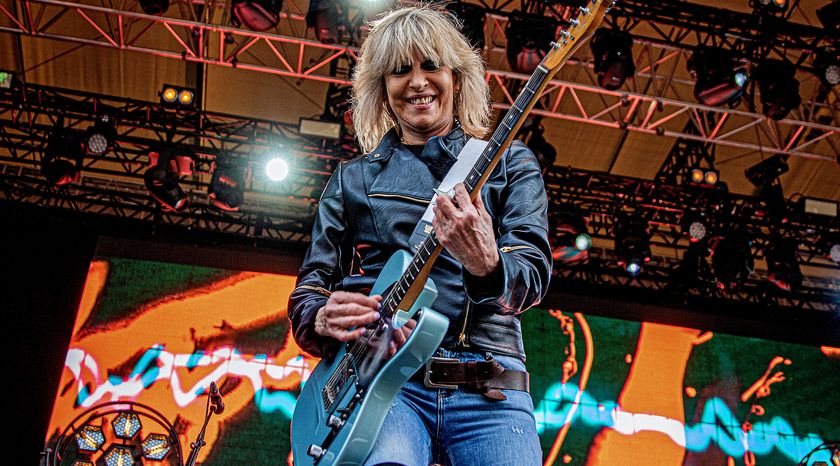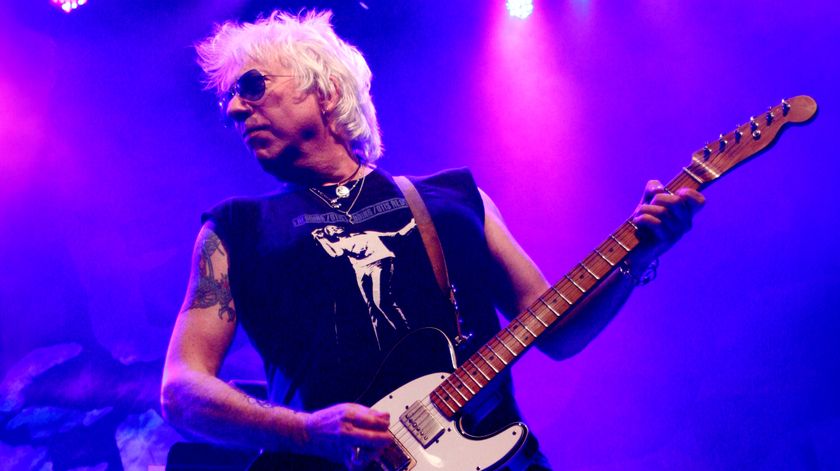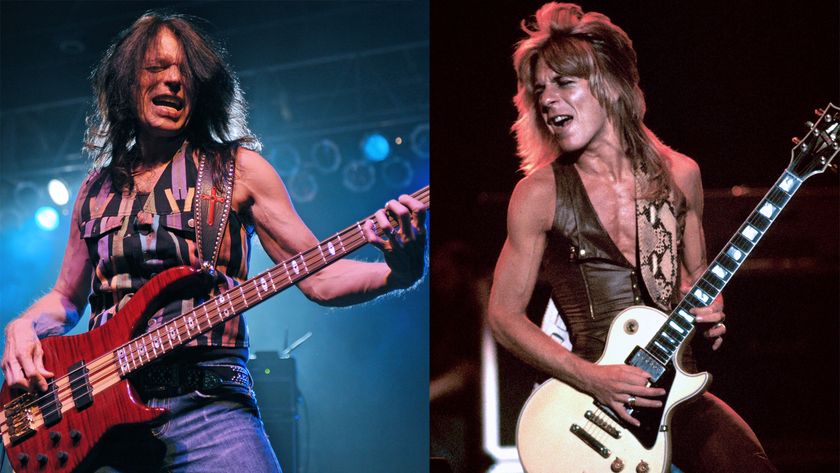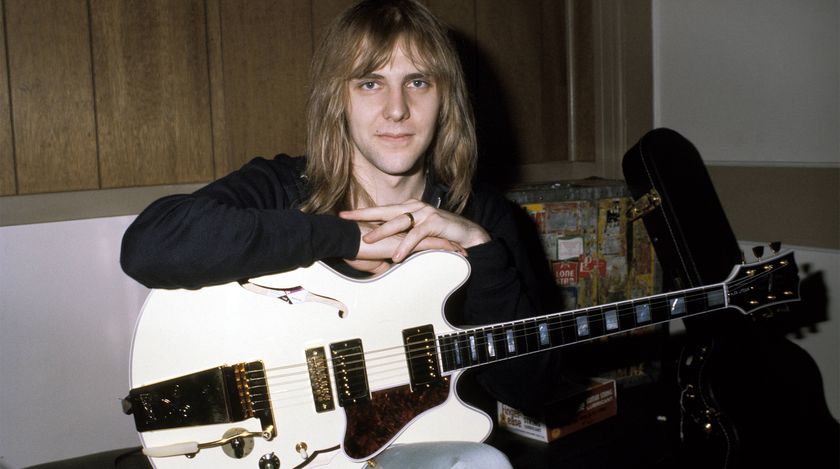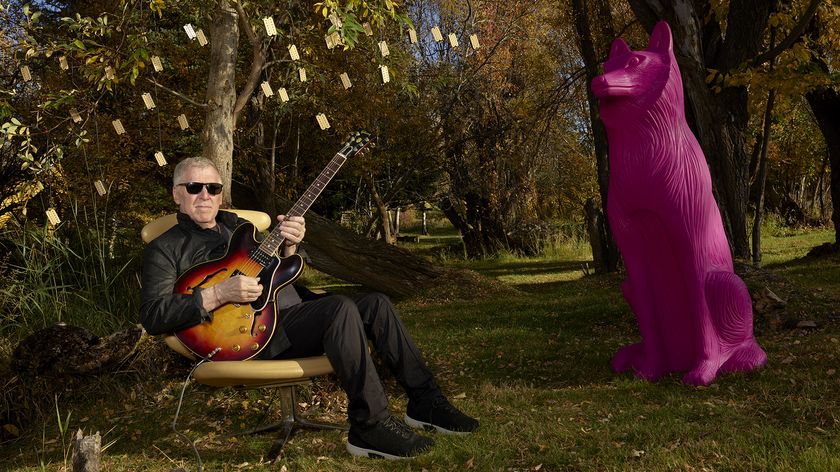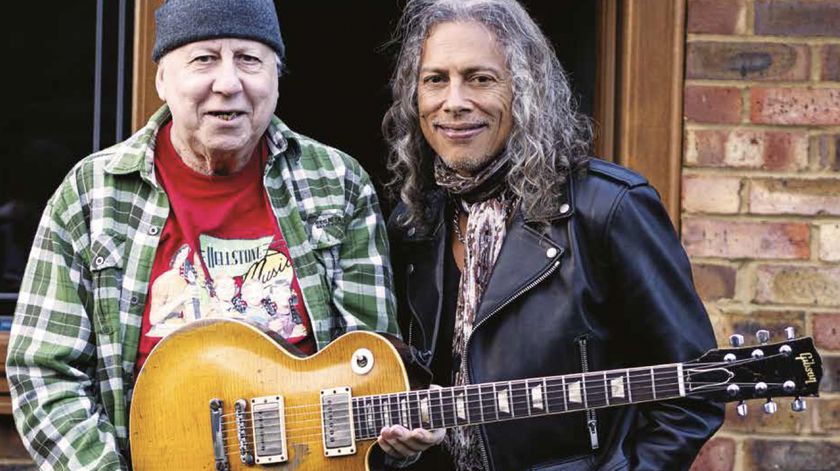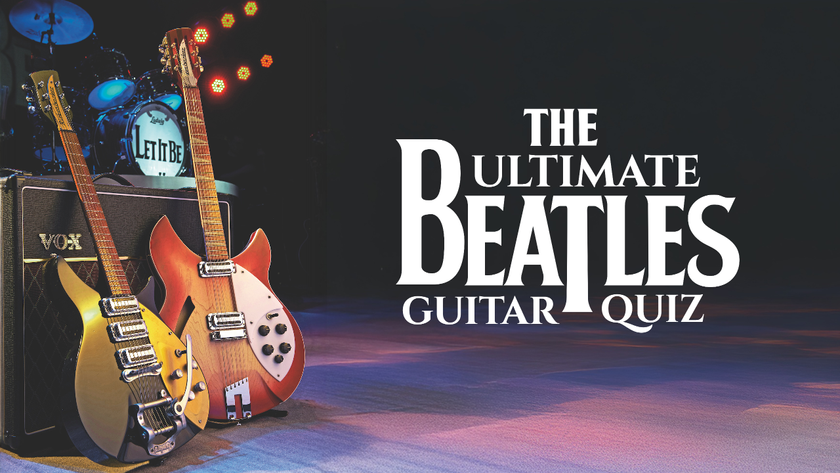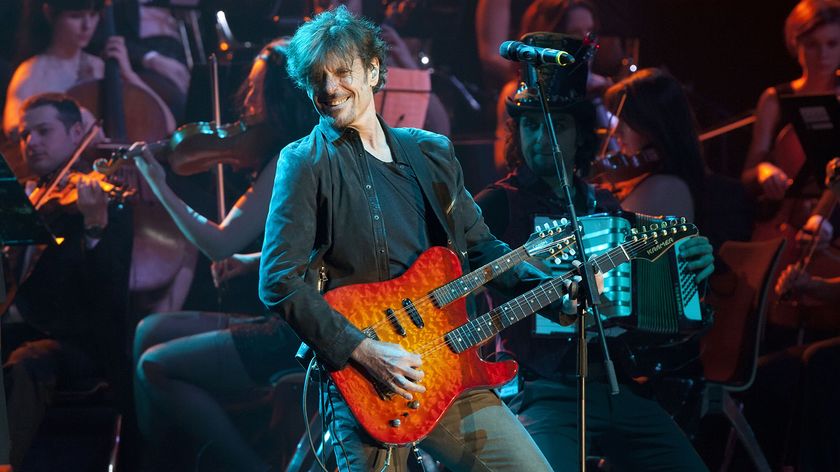From Jeff Beck and Joe Perry to Kurt Cobain and Thurston Moore, the Flexible ProCo Rat Has Star Appeal and Staying Power
More than just a retro-toned dirt box, this OG distortion goes from overdrive to fuzz
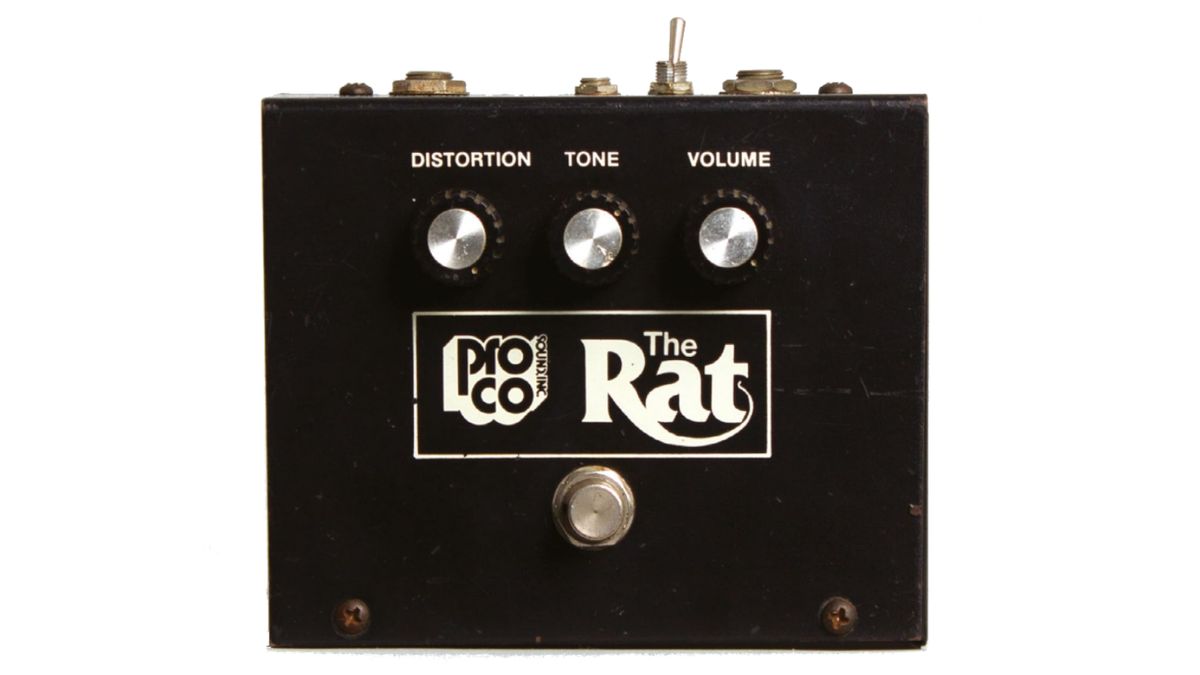
Considering how ubiquitous overdrive pedals are today, it’s difficult to think of a time when they were still in their infancy. Remarkably, the late-’60s to mid-’70s classic rock era achieved its template-setting guitar tones without the aid of any overdrive or distortion pedals as we know them today.
Fuzz boxes and treble boosters were present and accounted for, but the magic of amp-like clipping in a compact stompbox didn’t become a reality until the mid to late ’70s, and the ProCo Rat was there at the center of it all.
Based in Kalamazoo, Michigan, the former home of the Gibson Guitar Corporation, ProCo Sound Inc. evolved in 1974 from the remnants of another local studio-sound company and quickly made a name for itself manufacturing professional-quality microphone and speaker cables and snakes.
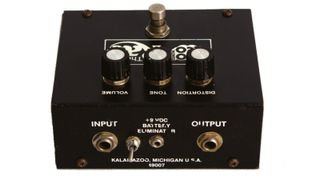
But the product for which the company would be best known was the Rat.
ProCo engineer Scott Burnham was an avid guitarist who was fond of modding fuzz and distortion pedals but was unhappy with what he found under the hoods. He decided he could build a better mousetrap and set about designing a new and original pedal.
He unveiled the first few custom-made renditions of the Rat in 1977 and 1978, and named them in honor of the rodents that were infesting ProCo’s basement workshop.
According to JHS Pedals’ information site, thejhsshow.com, Burnham made only 10 standard Rats and one double Rat in the first year or so of the unit’s existence. The pedals in this initial run are known as Bud Box Rats for the off-the-shelf hobby enclosure in which they were assembled.
Get The Pick Newsletter
All the latest guitar news, interviews, lessons, reviews, deals and more, direct to your inbox!
The pedal featured on these pages, known as a Version 1-B, was built in mid ’79 and is virtually identical to the first production V1-A pedals of early ’79
The popularity of these pedals was enough to convince the company’s owner, Charlie Wicks, there was a future in the thing, and ProCo put the Rat into production in 1979.
The pedal featured on these pages, known as a Version 1-B, was built in mid ’79 and is virtually identical to the first production V1-A pedals of early ’79 other than a change in the logo, which lost its “fringe” from the “T” and the tip of the Rat tail.
Notable on all early Rats until around 1981 is the inclusion of a center tone control, where the majority of Rat players are used to seeing a filter control, one of the few changes to the circuit from the pedal’s inception through to its wider distribution in the 1980s and ’90s.
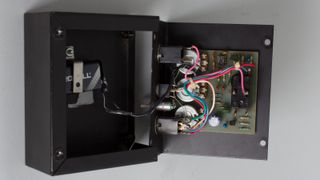
The Rat’s bright, heavy distortion is the product of op-amp clipping, allegedly made even heavier than intended by an errant resistor choice during the prototyping, which pushed the op amp harder.
The Rat circuit is rather similar to that of the Boss DS-1 Distortion pedal, which debuted in 1978, although many players have noted that the DS-1 begins to compress more as you turn up the gain, whereas the Rat stays raw and immediate almost to the end of the dial.
Otherwise, the only real circuit alteration from this V1-B Rat to the more popular later renditions is a simple reversing of the tone control to make it a filter control. Both are simply low-pass filters, as found on many other overdrive pedals, but the former adds treble as you roll it clockwise, whereas the latter adds treble as you turn it counter-clockwise.
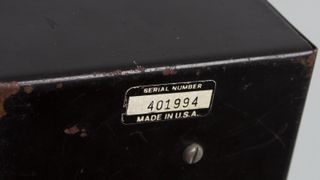
The V1-B Rat shown here has the fabled Motorola LM308 op amp used in all early renditions of the pedal, and is entirely original, other than a mini switch added many years ago to disengage the battery when the external adaptor is used.
Most often praised for its ability to re-create the fury of a cranked 100-watt stack, the Rat’s tonal nuances make the unit far more than an all-out sonic assault device. Judicious use of the distortion control can drive a tube amp more subtly, similar to a lower-gain overdrive pedal, but with the Rat’s raucous personality.
Set midway through the dial, the distortion knob delivers seminal heavy-rock lead and crunch rhythm tones, and when pushed to the max it approximates a genuine fuzz pedal, with plenty of hair and splutter amid the clipping.

The Rat pedal’s success in a market thin on usable overdrive and distortion boxes brought it a host of notable users. Over the years they have included Kurt Cobain, Johnny Greenwood, Joe Perry, Thurston Moore, James Hetfield, Kirk Hammett, Jeff Beck and Graham Coxon.
More than just a retro-toned dirt box, the Rat has proved its staying power, too. In addition to the several original and reissue renditions of the pedal – plus popular spin-offs like the Rat 2, Turbo Rat and Lil Rat – numerous clones and homages have paid tribute to the gist of the original circuit.
The Joyo Splinter, Jam Rattler, Mooer Black Secret, Pettyjohn Rous, Stomp Under Foot Skinner Box, JHS Pack Rat, ThorpyFX Warthog and many others all contain a good dose of ProCo Rat DNA.
But for retro purists, only the original will do.
Essential Ingredients
- Black metal enclosure
- Fluted plastic knobs
- Controls for distortion, tone (changed to filter on later models) and volume
- LM308 op amp
Guitar Player would like to thank Retro Fret for showing us this vintage ProCo RAT.
Dave Hunter is a writer and consulting editor for Guitar Player magazine. His prolific output as author includes Fender 75 Years, The Guitar Amp Handbook, The British Amp Invasion, Ultimate Star Guitars, Guitar Effects Pedals, The Guitar Pickup Handbook, The Fender Telecaster and several other titles. Hunter is a former editor of The Guitar Magazine (UK), and a contributor to Vintage Guitar, Premier Guitar, The Connoisseur and other publications. A contributing essayist to the United States Library of Congress National Recording Preservation Board’s Permanent Archive, he lives in Kittery, ME, with his wife and their two children and fronts the bands A Different Engine and The Stereo Field.
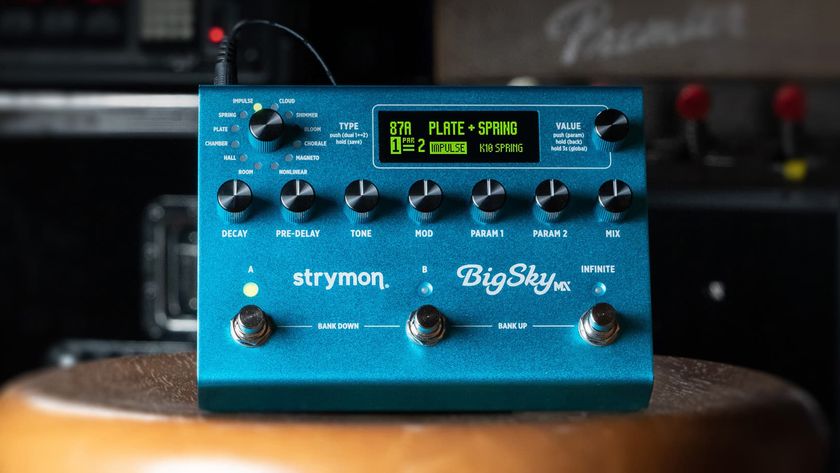
"BigSky MX will be replacing the BigSky as my go-to reverb pedal. I’ve heard nothing that covers all the bases with such pristine and detailed audio quality." We crowned the Strymon BigSky MX the champ of multi-reverb pedals
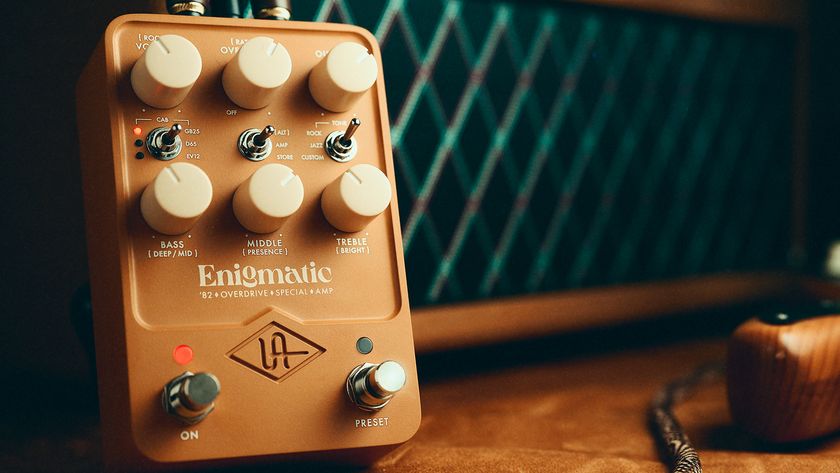
“The pedal is scary good. I haven’t met a guitar player yet who disagrees." Does the new Universal Audio Enigmatic ’82 Overdrive Special Amp pedal capture that Dumble magic? We compared notes with Dumble aficionado Ben Harper


